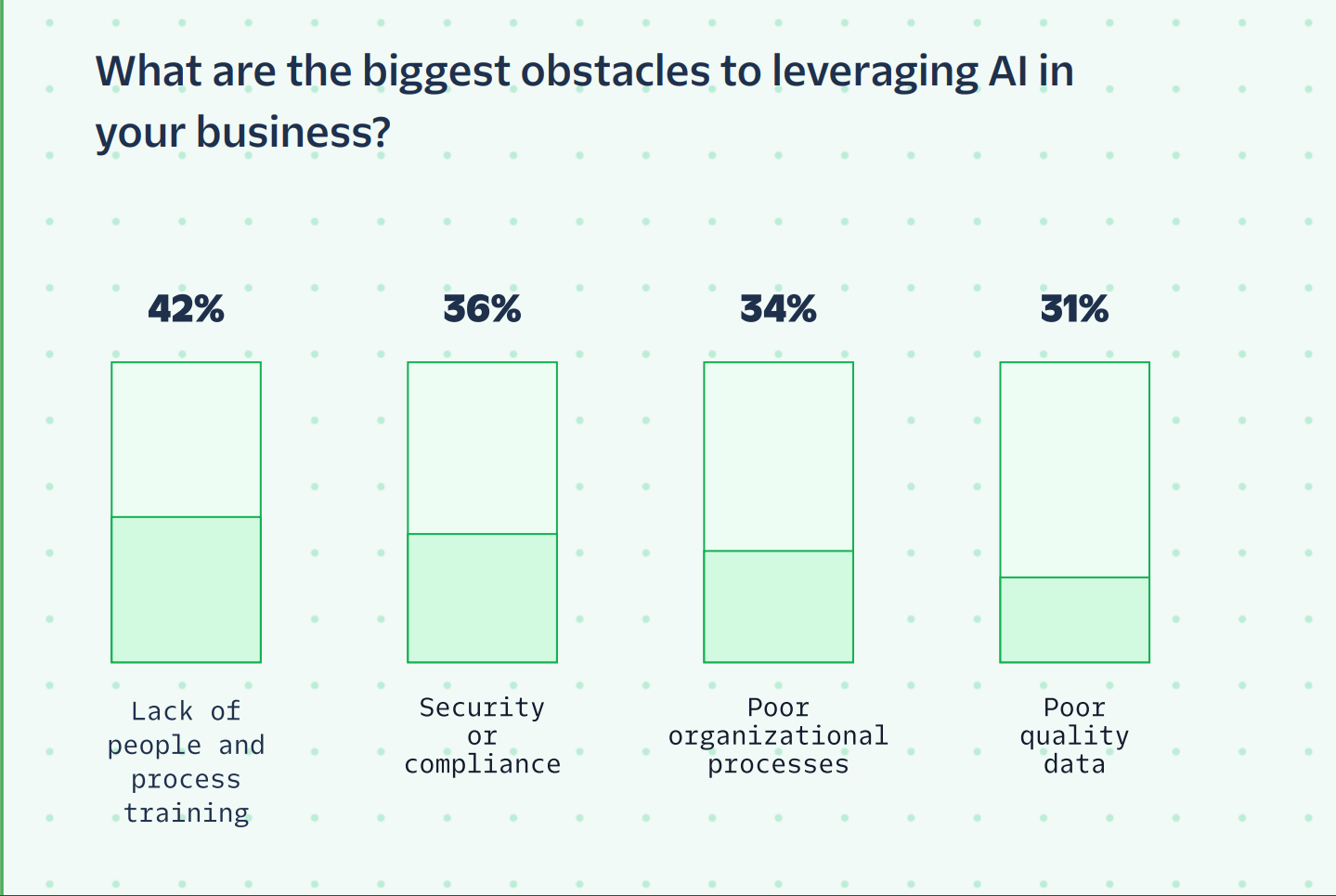The rise of AI has created numerous opportunities for businesses because of the fact that this is the sort of thing that could potentially end up enhancing personalization for customers. A report that was recently published by Twilio revealed that as many as 92% of businesses are already using AI to boost growth, since it can make customer personalization more pronounced than might have been the case otherwise.
With all of that having been said and now out of the way, it is important to note that a majority of customers don’t seem to be all too keen on the prospect of being marketed to by an AI. Just 41% of customers who responded to this survey stated that they don’t mind companies using AI to make products and the marketing campaigns advertising these products cater to their individual needs.
In spite of the fact that this is the case, 62% of business owners still feel that boosting personalization can do a lot to improve customer retention rates. This reveals a huge gap between what customers expect and the manner in which companies are trying to cater to their requirements with all things having been considered and taken into account.
Tailored experiences can certainly facilitate customers returning to businesses to buy their products. Studies have already shown a seven point increase in repeat buyers, with 56% of consumers deciding to go for the same brand as before due to the personalized experience that they were provided. All of this suggests that there is a lot of potential in AI as far as personalization is involved, but consumer concerns would still have to be addressed sooner rather than later.
51% of consumers said that they trust brands to handle their data and feed it into an AI based personalization engine. This still means that just under half of all customers, or 49% to be precise, would be willing to share their data. A balance needs to be struck between what customers desire and a business’s requirement to increase profit margins and cash flow. It will be interesting to see how things play out from here.
Read next: Nearly 25% of Global Phone And US Calls Are Spam or Fraud
With all of that having been said and now out of the way, it is important to note that a majority of customers don’t seem to be all too keen on the prospect of being marketed to by an AI. Just 41% of customers who responded to this survey stated that they don’t mind companies using AI to make products and the marketing campaigns advertising these products cater to their individual needs.
In spite of the fact that this is the case, 62% of business owners still feel that boosting personalization can do a lot to improve customer retention rates. This reveals a huge gap between what customers expect and the manner in which companies are trying to cater to their requirements with all things having been considered and taken into account.
Tailored experiences can certainly facilitate customers returning to businesses to buy their products. Studies have already shown a seven point increase in repeat buyers, with 56% of consumers deciding to go for the same brand as before due to the personalized experience that they were provided. All of this suggests that there is a lot of potential in AI as far as personalization is involved, but consumer concerns would still have to be addressed sooner rather than later.
51% of consumers said that they trust brands to handle their data and feed it into an AI based personalization engine. This still means that just under half of all customers, or 49% to be precise, would be willing to share their data. A balance needs to be struck between what customers desire and a business’s requirement to increase profit margins and cash flow. It will be interesting to see how things play out from here.
Read next: Nearly 25% of Global Phone And US Calls Are Spam or Fraud


